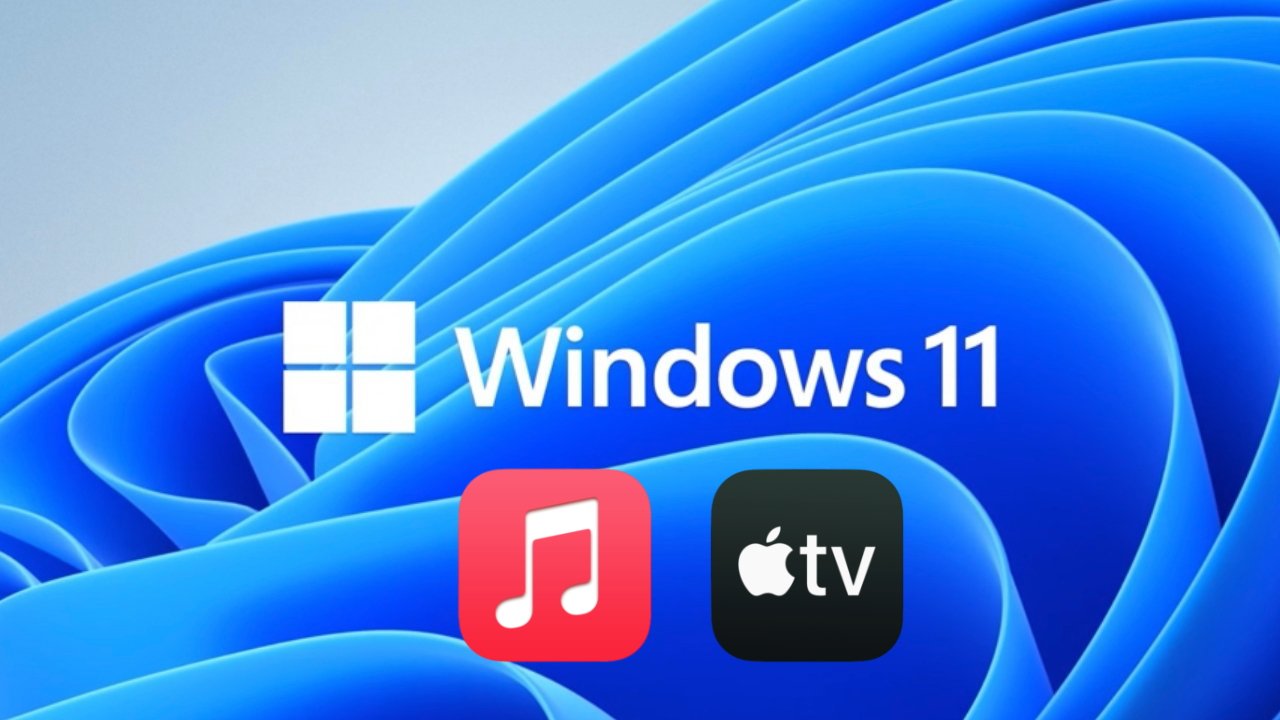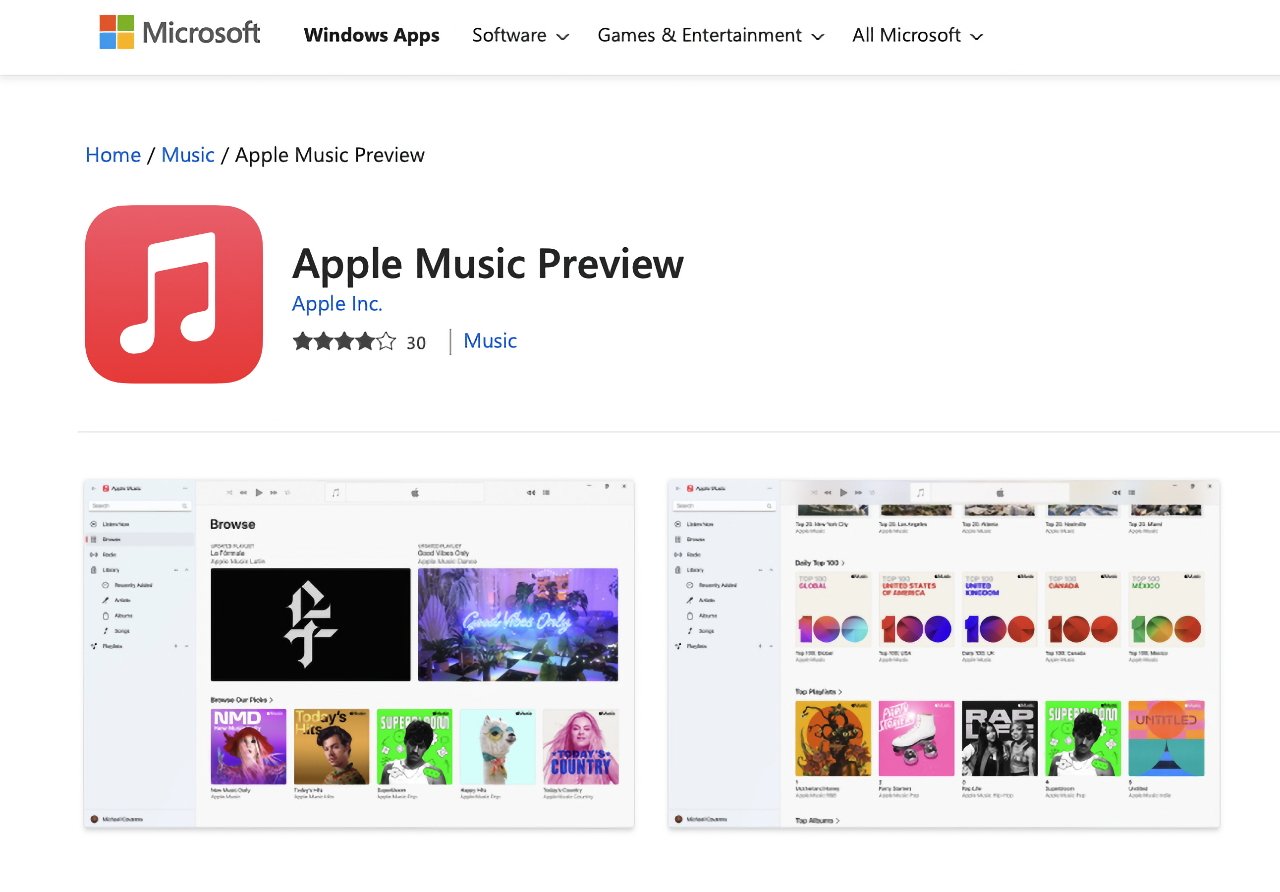Apple has quietly released PC apps for Apple Music and TV — but the new apps will not run on the near ubiquitous Windows 10.
Apple replaced iTunes for Mac users in 2019, splitting its functions out into separate apps for Apple Music, Apple TV+, and into macOS Catalina. As big a shakeup as it seemed, iTunes had slowly gone from simple to perplexing.
Now four years later, Apple is doing the same thing for Windows — although specifically only for Windows 11 users. At present, iTunes for Windows is still the only app officially available in Microsoft's store, but "preview" releases of Apple Music and Apple TV can be found.
"This is a preview version of Apple Music, and not all features may work as expected," says Apple's listing. "After installing the Apple Music preview, iTunes will no longer open, and audiobooks or podcasts on this device will be inaccessible until a compatible version of iTunes is released."
"To revert back to iTunes, you'll need to uninstall this version of the app," it continues.
There's a similar notice for Apple's TV app preview, and both listings specify that they require Windows 11 version 22621.0, or higher, to run.
It's not known why Apple mandates Windows 11 when currently it has only a small market share compared to Windows 10. According to Statcounter, in December 2022, Windows 11 was being used by 16.97% of PC users, while Windows 10 was on 67.95%.
Microsoft has announced that it will be ending support for Windows 10, but not until October 14, 2025.
 William Gallagher
William Gallagher









 Christine McKee
Christine McKee
 Amber Neely
Amber Neely
 Andrew Orr
Andrew Orr

 Sponsored Content
Sponsored Content











1 Comment
Windows 11 would be great if it wasn't so annoying difficult to do the most basic tasks. Cut/Copy/Move/Paste/Delete or any other right-click activities on files is annoying with icons and the need to choose "More Options" to get to the things you used to get at with one right-click.
That's just ONE thing that annoys me about Windows 11. Things like the old "Devices and Printers" control panel are buried deep into the lame Settings screen.
The list goes on and on. I can do without Apple Music app,, but thanks anyways MS.
No wonder 68% of Windows users are still on Windows 10.